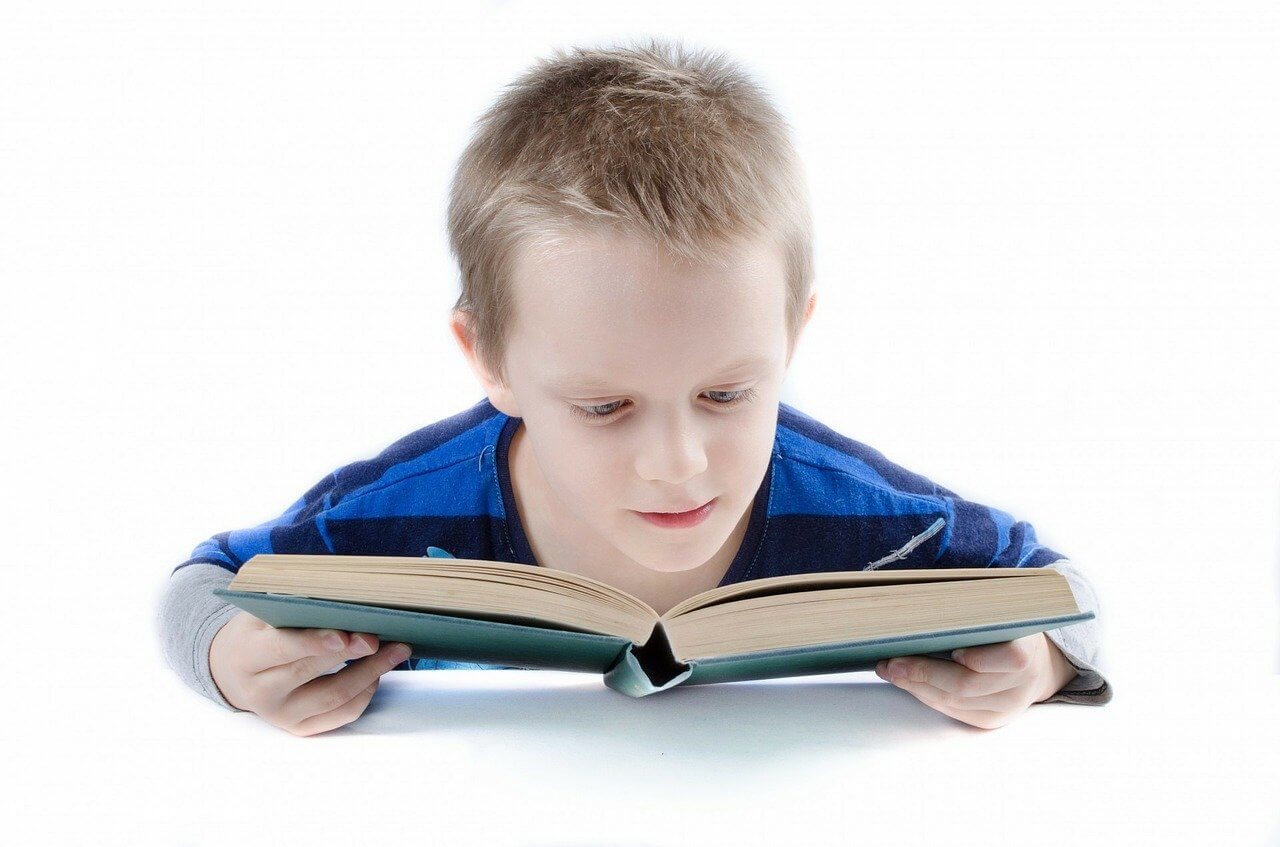

A person with Dyslexia can have more than one reading difficulty and hence can have symptoms associated with more than one type of Dyslexia. Please note that dyslexia types are a convenient way to understand the varied reading and learning challenges faced by an individual. This should not be considered a definitive classification.
Here are the common types of Dyslexia that you can come across in discussions:
-
Phonological Dyslexia
This may be the most prevalent dyslexia type. People with phonological Dyslexia have trouble with phonemic awareness, which is the breaking down of language into its individual sounds. They may also struggle to connect the sounds to written symbols.
Language is composed of commons sounds that get used repeatedly to form words. People with phonological dyslexia have trouble identifying the sounds corresponding to syllables that make up a word. But they may have no difficulty in producing speech by processing the sounds of language.
Learning to read involves sounding out individual or a group of letters. So, sounds play a major role in decoding words. People with phonological Dyslexia can find reading in a language such as English an ordeal because the same letter or group of letters can be sounded in different ways. For example, the ‘c’ in car,’ k’ in king. ‘ck’ in pick, ‘ch’ in chrome, ‘q’ in question, ‘cc’ in occur, ‘cq’ in acquire – all of them make the /k/ sound but look very different!
-
Surface Dyslexia
People with this type of Dyslexia have trouble recognizing common words by sight. They may take longer to process language but they might have no difficulty with sounding out new words. So, they may sound out a word to identify a common word instead of being able to recognize them immediately.
Words that are spelled differently than they are pronounced can be especially difficult to process. This may be because people with Surface Dyslexia can have trouble remembering what words look like. This can lead to comprehension difficulties and needing more time for reading. Those with surface Dyslexia can also have phonological dyslexia. This maybe because an inability to associate sounds to syllables of words can interfere with the learning of sight words. For instance, words like drought, cough, psychic, colonel etc can be challenging.
Surface Dyslexia may be also called Visual Dyslexia because it involves has a lot to do with the visual processing of words. Since the symptoms might suggest vision problems, doctors must also rule out this possibility while making the diagnosis.
-
Rapid Naming Deficit
Several people with dyslexia have difficulty rapidly naming things such as numbers, letters and colors when they see them. They may be unable to recognize letters and numbers instantly. It may take them longer to process information and name things in succession.
-
Double Deficit Dyslexia
An individual struggling with two aspects of reading is said to have double deficit Dyslexia. Phonological and Rapid Naming Deficit are the common types that occur together. This means that people with double deficit Dyslexia have trouble recognizing sounds in words and have difficulty with naming letters and numbers rapidly.
Addressing the Different Reading Challenges
Teachers and parents can provide tailor-made solutions for people with different Dyslexia types. They can use apps such as MDA Avaz Reader which can help with phonological awareness, which is the ability to recognize and manipulate sounds in a word. The app can also help with reading comprehension by providing hints for conceptual understanding.
People with Dyslexia can be demotivated by their challenges and may find reading unenjoyable. Learning solutions that let them focus on a single sentence can make reading stress-free. This can be particularly useful for those who can find viewing the entire page intimidating.
Children with different types of Dyslexia can underperform in schools due to their reading difficulties. Their challenges can be a roadblock to their academic progress if the do not receive adequate support. Early intervention and focussed educational approaches can enable the children to read better and allow them to reach their full potential.
